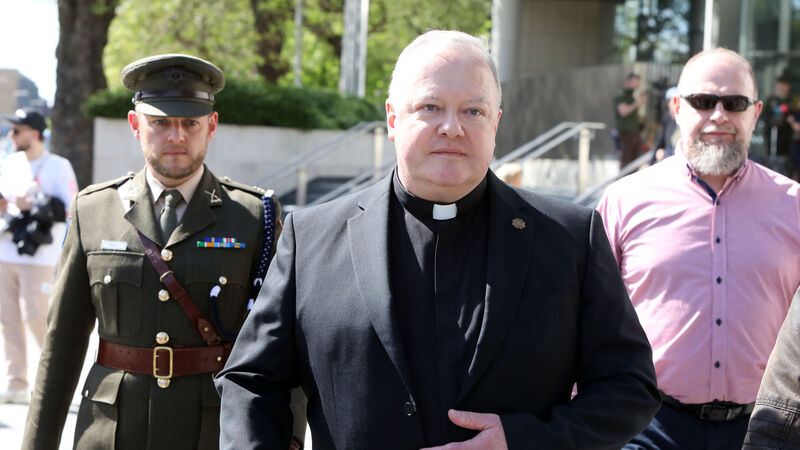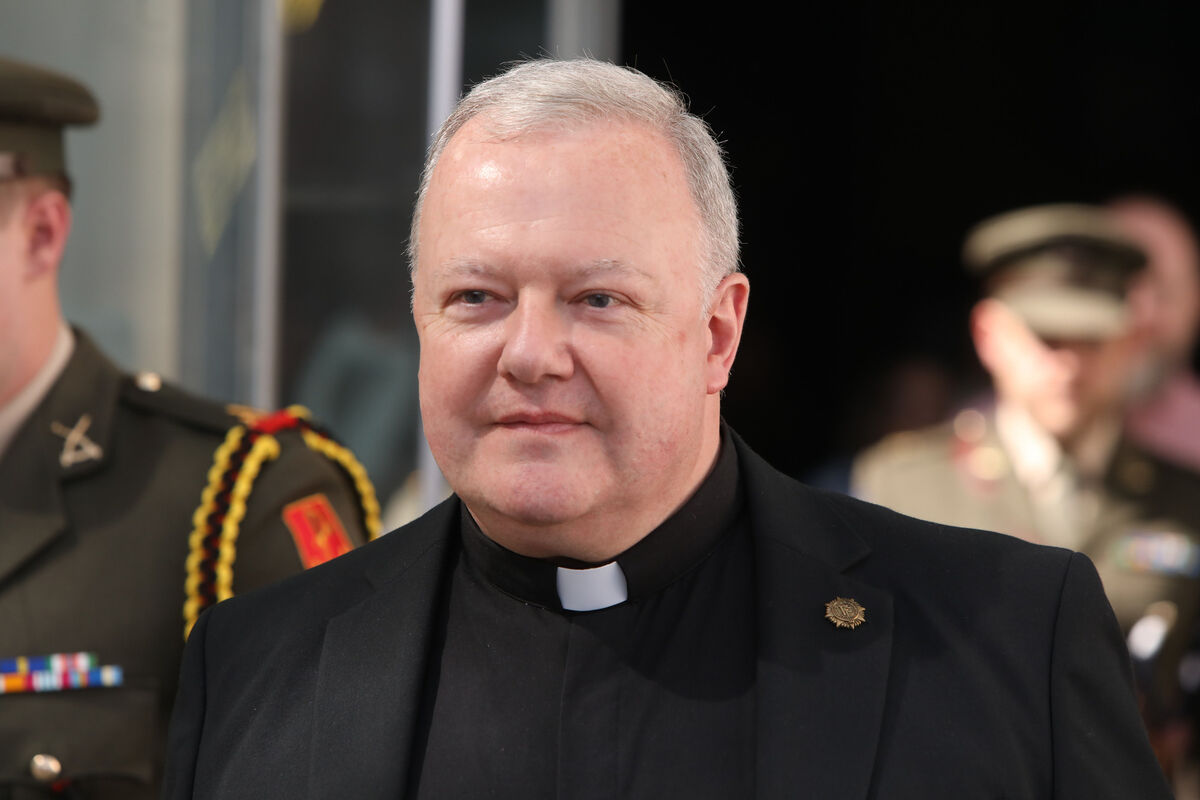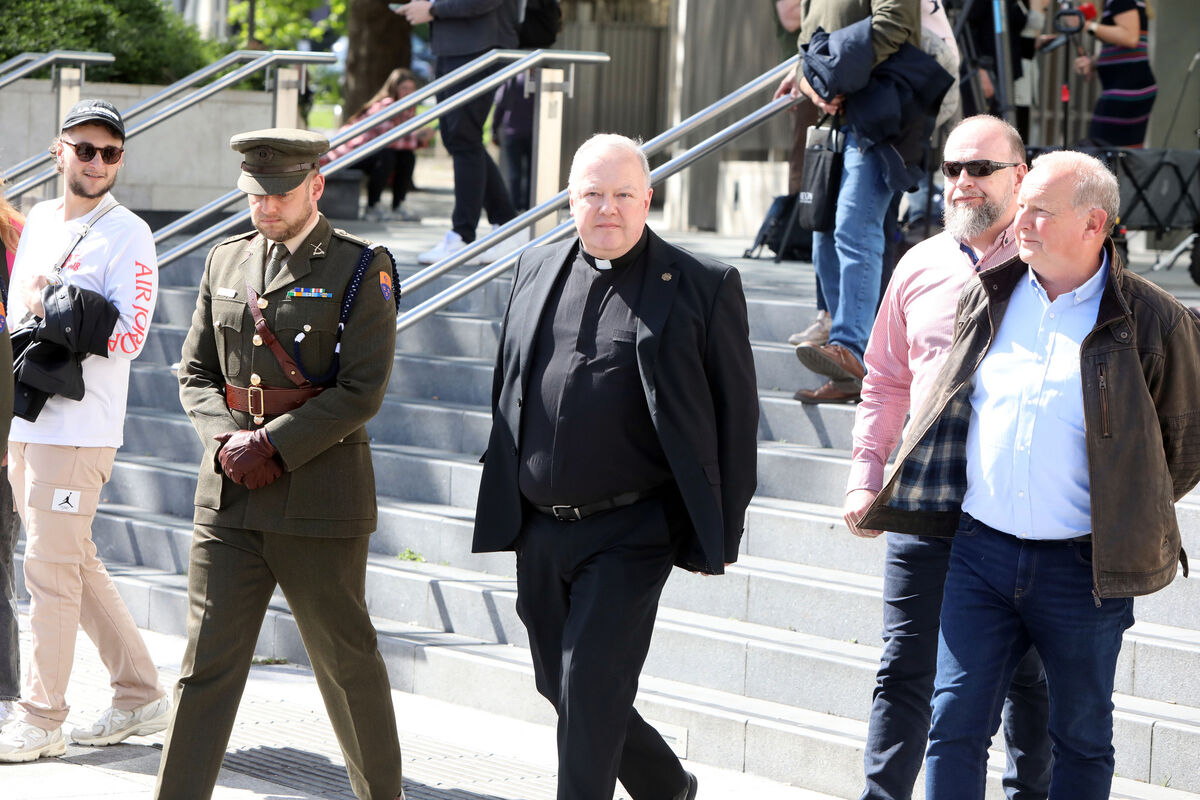Ireland’s first Islamist-inspired knife attack raises urgent questions about extremist threats

Fr Paul Murphy leaves the Criminal Courts of Justice on Tuesday. Picture: Collins Courts
Even with the sentencing this week of a juvenile for an Islamist-motivated attack, Garda inquiries in the case are still not finished.


The judge warned of “enormous consequences” if this is not addressed.
Ciarán O’Connor, a senior analyst at the Institute for Strategic Dialogue, said online radicalisation content and extremist networks were “designed to recruit vulnerable young people”.












